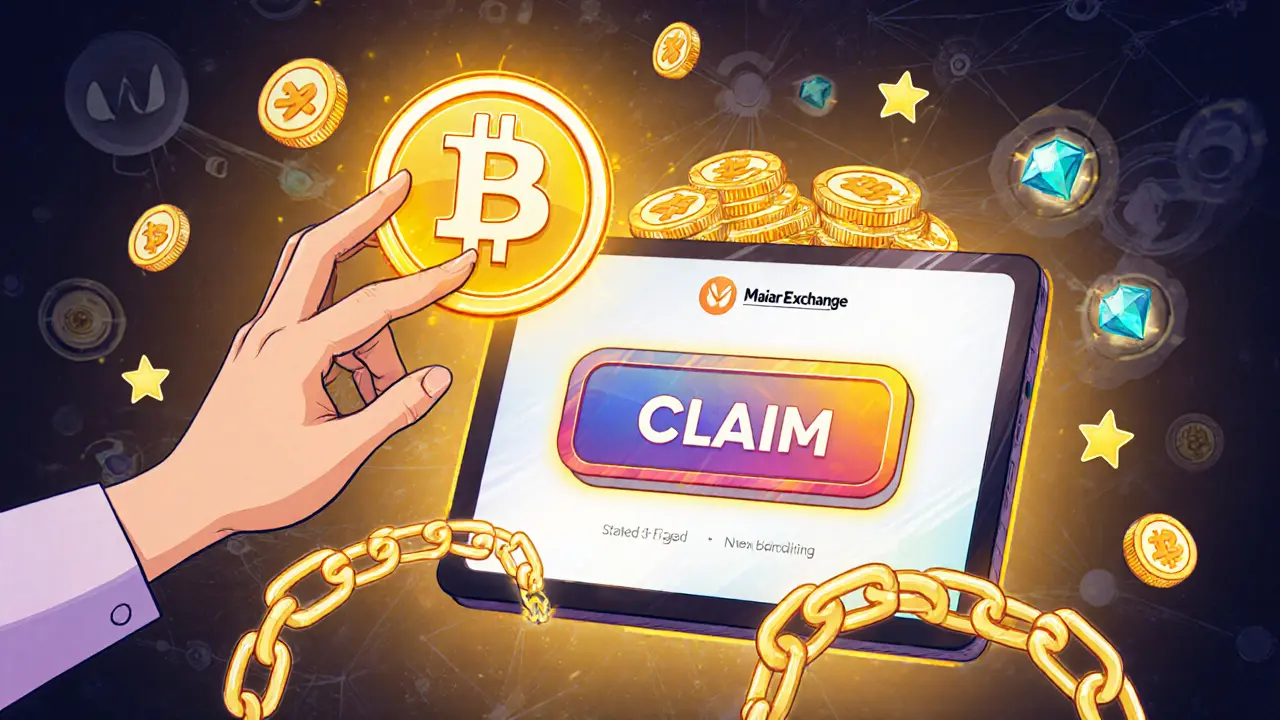EGLD Staking: How to Earn Rewards on Elrond's Blockchain
When you stake EGLD, the native token of the Elrond blockchain, a high-speed, secure network designed for scalable decentralized applications. Also known as Elrond coin, EGLD powers a proof-of-stake system that rewards users for helping secure the network and validate transactions. Unlike older blockchains that need massive energy use, Elrond cuts power waste by letting holders lock up their EGLD and earn more in return — no mining rigs needed.
Staking EGLD isn’t just about passive income. It’s tied directly to how the network runs. The more people stake, the more secure and fast Elrond becomes. This is why rewards stay competitive — often between 10% and 15% annually — even as prices shift. You don’t need to be a tech expert either. Most wallets like Maiar, Trust Wallet, or Ledger let you stake with just a few clicks. You keep full control of your coins, and you can unstake anytime, though there’s usually a 7-day waiting period before you get your funds back. The system also uses sharding, which splits the network into smaller parts to process transactions in parallel. This is what lets Elrond handle thousands of transactions per second, something Bitcoin or Ethereum still struggle with.
What makes EGLD staking stand out is how it rewards participation. Validators — the nodes that actually process blocks — get paid first, but they share a big chunk with delegators like you. If you stake through a trusted validator, you’re basically lending your EGLD to help run the network and getting paid for it. There’s no lock-up period beyond the unstaking delay, and you can compound your rewards automatically. Some users even run their own validator nodes, but that takes more than 1,000 EGLD and technical setup. For most people, using a wallet app is the easiest path.
There’s also a layer of governance built in. Stakers can vote on network upgrades, fee changes, or new features. Your voting power depends on how much EGLD you’ve staked. So it’s not just about earning — it’s about having a say in where the network goes next. That’s rare in crypto, where decisions are often made by a small group of developers or investors.
Below, you’ll find real reviews and breakdowns of platforms where people actually stake EGLD, what returns they’ve seen, and which tools work best in 2025. Some posts even warn about fake staking sites pretending to be official. You’ll learn how to spot scams, choose the right validator, and avoid losing your coins to bad setups. Whether you’re new to staking or just looking to optimize your EGLD rewards, what follows is practical, tested advice — not theory.
